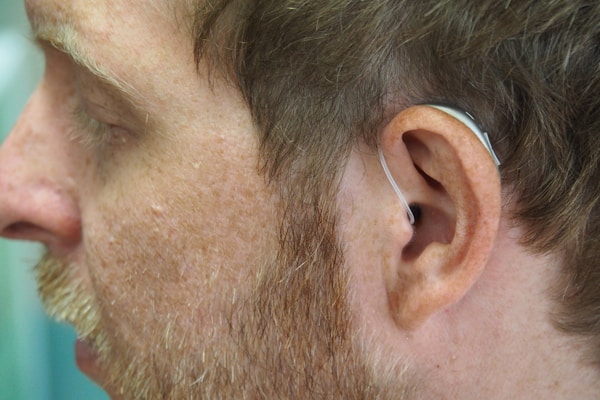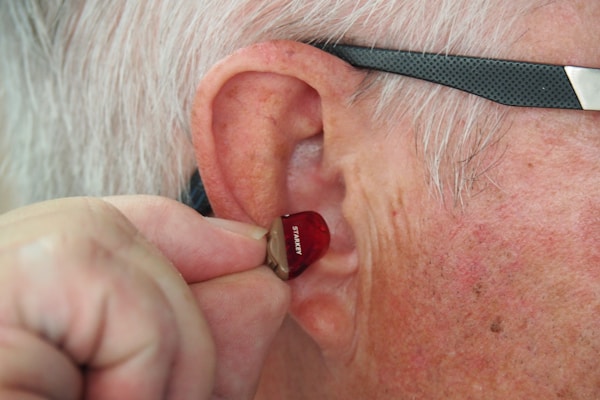PRODUCTIVITY
Hearing Aids For Different Types Of Hearing Loss
Hearing aids are devices that amplify sound for people who have difficulty hearing. They come in a variety of styles and sizes to fit individual needs. There are many different types of hearing loss, so getting the right kind of hearing aid for each person is essential. The three main types of hearing loss are sensorineural, conductive, and mixed. Keep reading to learn more about finding the right hearing aids for your hearing loss.
What hearing aids are available for different types of hearing loss?

There are three main types of hearing aids: behind-the-ear (BTE), in-the-ear (ITE), and the canal (CIC). BTEs sit behind the ear and have a plastic case that houses the electronic components. The sound is transmitted through a small speaker that fits into the ear canal, and then goes into the ear drum. ITEs sit in the outer ear bowl and have an acoustic shell that covers the entire outer ear. They also have a small speaker that fits in the ear canal. CICs are tiny devices that fit entirely in the ear canal; they do not have an acoustic shell like the ITE.
What are the types of hearing loss and their effects?
There are three main types of hearing loss: conductive, sensorineural, and mixed. Each type of hearing loss has a different effect on your ability to hear.
Conductive hearing loss is caused by a problem with the outer or middle ear. This hearing loss can be caused by infection, fluid in the ear, or damage to the eardrum or ear bones. Conductive hearing loss can often be treated with surgery or medication. After the problem has been fixed, a person will likely need to use a conventional, non-digital hearing aid.
Sensorineural hearing loss is caused by damage to the inner ear or the auditory nerve. This type is more common than conductive hearing loss and cannot usually be treated with surgery or medication. Sensorineural hearing loss can cause problems with understanding speech and may make it difficult to hear high-pitched sounds. Digital hearing aids are more expensive, but they provide a better sound quality for those with sensorineural hearing loss. In contrast, analog aids are less costly and may be better for people with a mild form of sensorineural hearing loss.
Mixed hearing loss is a combination of conductive and sensorineural hearing losses. It can be treated with surgery or medication if the conductive component is treatable, but most cases of mixed hearing loss are permanent. In this case, treating the sensorineural component with a digital aid and the conductive component with a conventional aid is best.
What are the causes of each hearing loss?

There are many different types of hearing loss, and each type has a unique set of causes. Some of the most common causes of hearing loss include aging, exposure to loud noises, genetics, and certain health conditions.
Age-related hearing loss is the most common type, and it occurs as people age. This type is caused by the natural aging process, which gradually removes the tiny hair cells in the inner ear that help you hear. As these hair cells die off, they can’t be replaced, which leads to a gradual decline in your ability to hear.
Exposure to loud noises can also cause loss of hearing. Loud noises can damage the delicate hair cells in your inner ear, leading to permanent hearing damage. This type is called noise-induced or sensorineural hearing loss. It’s one of the most common types of hearing loss, and it’s especially prevalent among people who work in noisy environments or listen to music at high volumes regularly.
Genetics can also play a role too. Some forms of genetic loss of hearing are inherited from your parents, while others develop spontaneously during fetal or early childhood. Congenital hearing loss accounts for around 10 percent of all cases of hearing loss worldwide.
For people with hearing loss, using a hearing aid can make communicating and participating in everyday activities easier. They can help improve hearing in several ways, including amplifying sound, filtering out background noise, and helping to direct sound to the ear.

